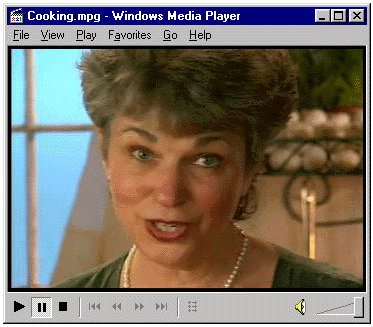- It is an electronic circuit or software that compresses or decompresses the digital videos.
- The device that only compresses is typically called an encoder and one that only decompresses is a decoder.
- The compression is typically lossy.
- The compressed video lacks some information present in the original video.
- A consequence of this is that decompressed video has lower quality than the original video, uncompressed video because there is insufficient information.
H.264/MPEG-4 AVC:
- This is the most common codec used in modern camcorders and digital cameras that capture the file based devices like hard drives, memory cards...etc.
MJPEG:
- It is the most common video format.
- It contains MPG, MPA, M15, MIV, MP2...etc.
- It includes MPEG video, MPEG audio and MPEG (video, audio).
- MPEG-3 is a audio file.
- Video includes MPEG-1, MPEG-2, MPEG-4.
- It is widely used in the production of VCD and download of some video clip.
- The file format is generally .mpg and .dat files.
MPEG-2:
- It is widely used in production of DVD and some of HDTV and high demand video editing.
- The file format is generally .vob file.
Divx:
- Video encoding technology can be said produced for DVD.
- Which works with a certain type of MPEG-4 and often used to rip DVDs in pre-HD era.
- Most of Divx videos use .avi file extension, .Divx and .Div extension.
Xvid:
- It is an open source version of Divx, popular among movie pirates.
- Its file extension is .avi.
Google codecs:
- VP6, VP6-E, VP6-S, VP7, VP8, VP9 which are high definition video compression and codecs developed by On2 technology.
- Which used platform such as Adobe flash player 8 and above, Adobe flash lite.
- Supports resolution up to 720p and 1080p.
- VP9 supports resolution upto 2160p.
Microsoft codecs:
- WMV (Windows Media Video), it includes WMV7, WMV8, WMV9.
Applications:
- Video codecs are used in DVD and VCD players and recorders, Video broadcast system, personal computer and variety of othe applications.
My notes images:























